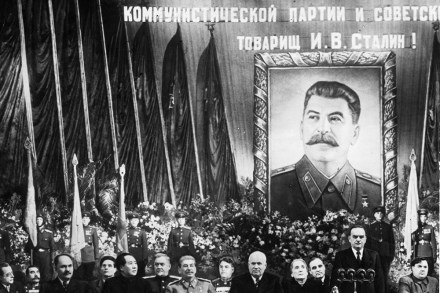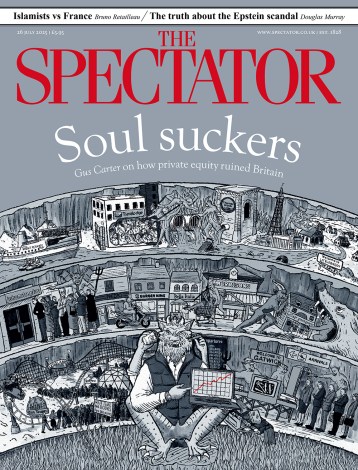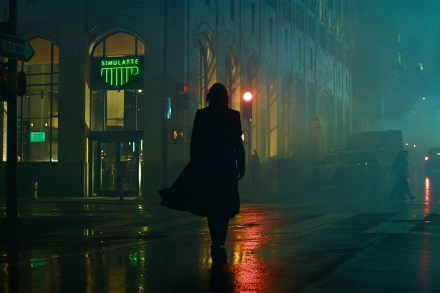The awful calamity of Stalin being a music lover
At around 9 p.m. on 5 March 1953 Sergei Prokofiev died of a brain haemorrhage on the sofa of his Moscow flat. He was 61, and had struggled for years with ill health. He had long complained of pain in his soul. Less than an hour later, the source of that pain, Joseph Stalin, died of a heart attack in his dacha on the outskirts of Moscow. Prokofiev’s death wasn’t so much forgotten as ignored. The leading music magazine Sovetskaya muzyka devoted the first 115 pages of its new issue to Stalin; only then did it mention Prokofiev. A million people thronged the streets to see Stalin lie in state;



